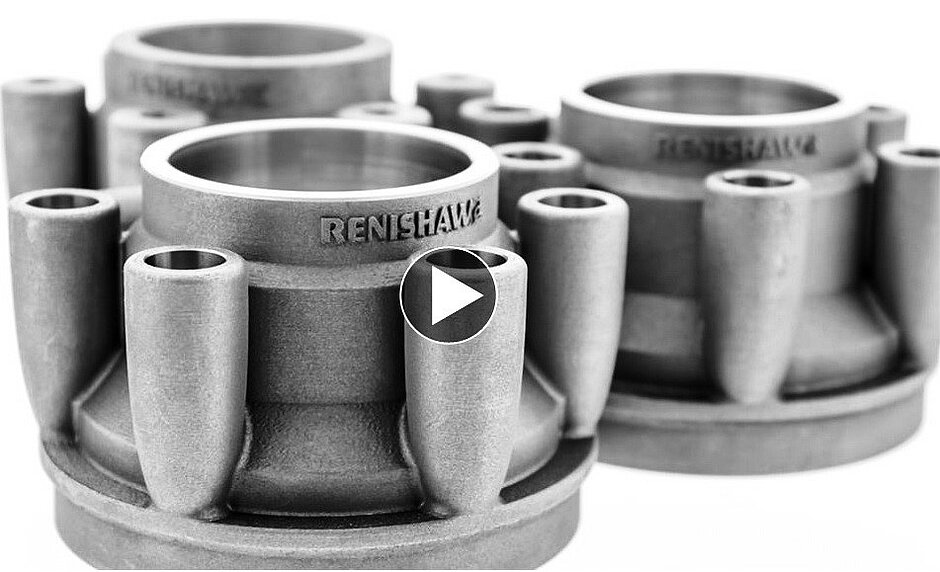As an official supplier to America's Cup team Land Rover BAR and member of the Technical Innovation Group, which brought the best of British engineering together to develop advanced technologies for the team and provide them with a competitive edge, Renishaw has provided metal additive manufacturing (AM) and encoder technology expertise for the team's racing catamaran.
The Renishaw additive manufacturing team, including Product Marketing Engineer, David Ewing, collaborated with Land Rover BAR design team for the manufacture of custom made manifolds using Renishaw metal additive manufacturing (3D printing) technology, whilst Technical Leader Dr. Finlay Evans and his team designed a special position sensor (encoder) for the wing flap control surfaces, which allowed much better direct feedback to be achieved.
Land Rover BAR's America's Cup Class (ACC) race boat Rita (code name R1) is the culmination of 85,000 hours of design and build, on the water testing and rigorous construction.
The 15 m racing catamaran has 130 m of hydraulic pipes and over 1,200 m of electronic and electric cabling connecting 190 sensors. The wing has a sail area of 103 m2 and is 23.5 m high, which is comparable to the main wings of an A320 aircraft. Each hull on R1 features a manually deployed dagger board that bends beyond 90 degrees to create a hydrofoil.
Once the boat speed reaches around 16 knots (18 mph) the force of the water over the foils creates sufficient lift to raise the boat clear of the water so that it literally flies above the water. This state of ‘flying' reduces drag and improves efficiency to increase speed.
On the R1, the control surfaces are all driven by hydraulic actuators. Hydraulic pressure is provided by the sweat and toil of the crew's ‘grinders', who turn specialised hand-cranks. There are no batteries (except to provide electrical power for computers and sensors), the four grinders act as a human engine to generate all the hydraulic energy required.
Land Rover BAR understood the potential of additive manufacturing to save weight and improve the efficiency of its hydraulic system. Put simply, this allowed the boat's designers to create a perfect balance between the performance of the hydraulic system and the energy required to run it. This in turn helps the grinders conserve energy whilst still allowing the boat to perform at the optimal level.
Also, when the Land Rover BAR team realised that control precision could be compromised by the somewhat convoluted load-path between actuator and control surface, they looked to measure the control surface movements directly and contacted Renishaw for help, which is where Dr. Finlay Evans and his team came in, designing a special position sensor for the wing flap control surfaces, which improved direct feedback to allow the helmsman and crew to race the boat with more precision whilst enabling the capture of high-quality performance data during development and training.
Source: adsadvance.co.uk
×


